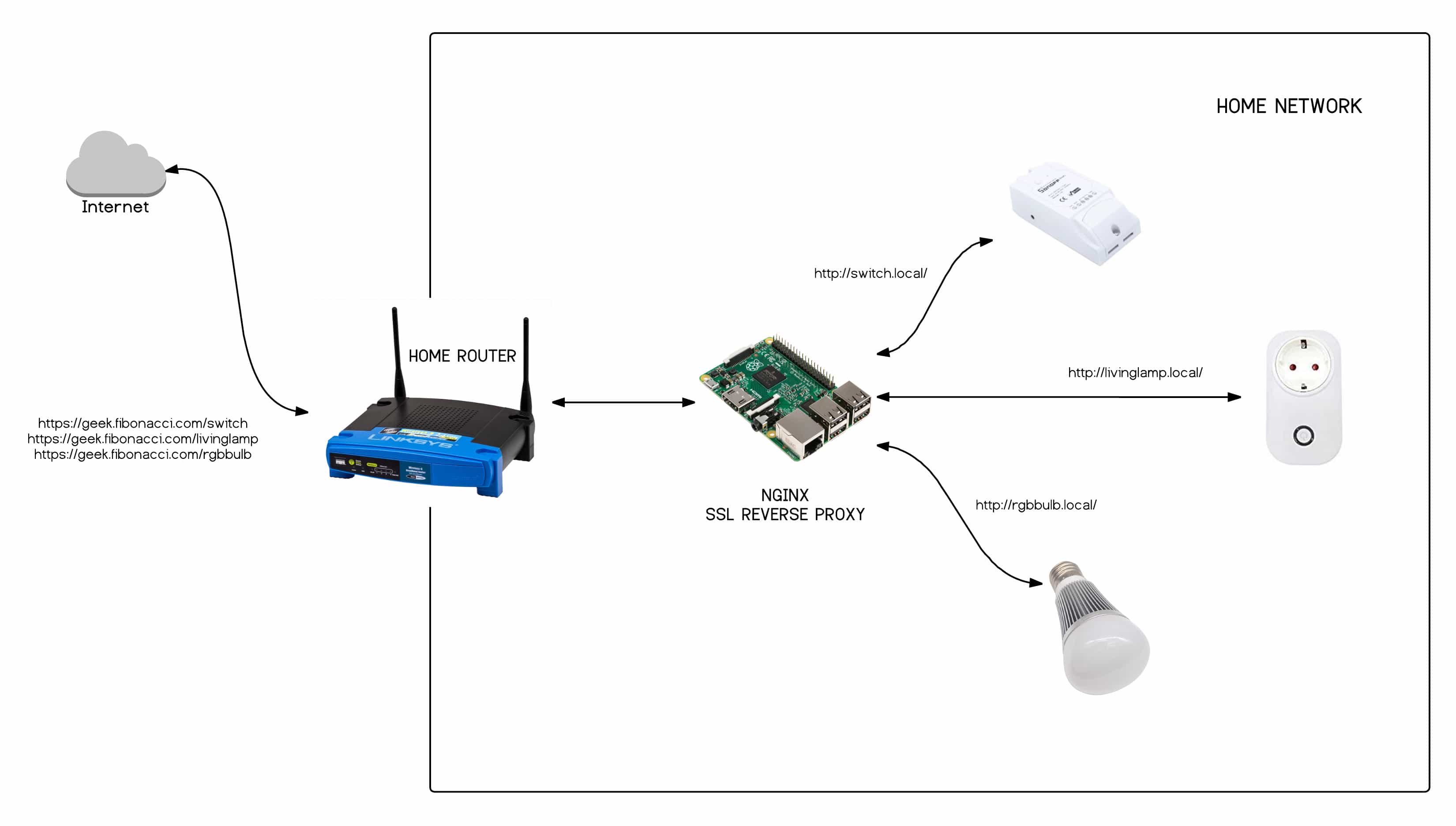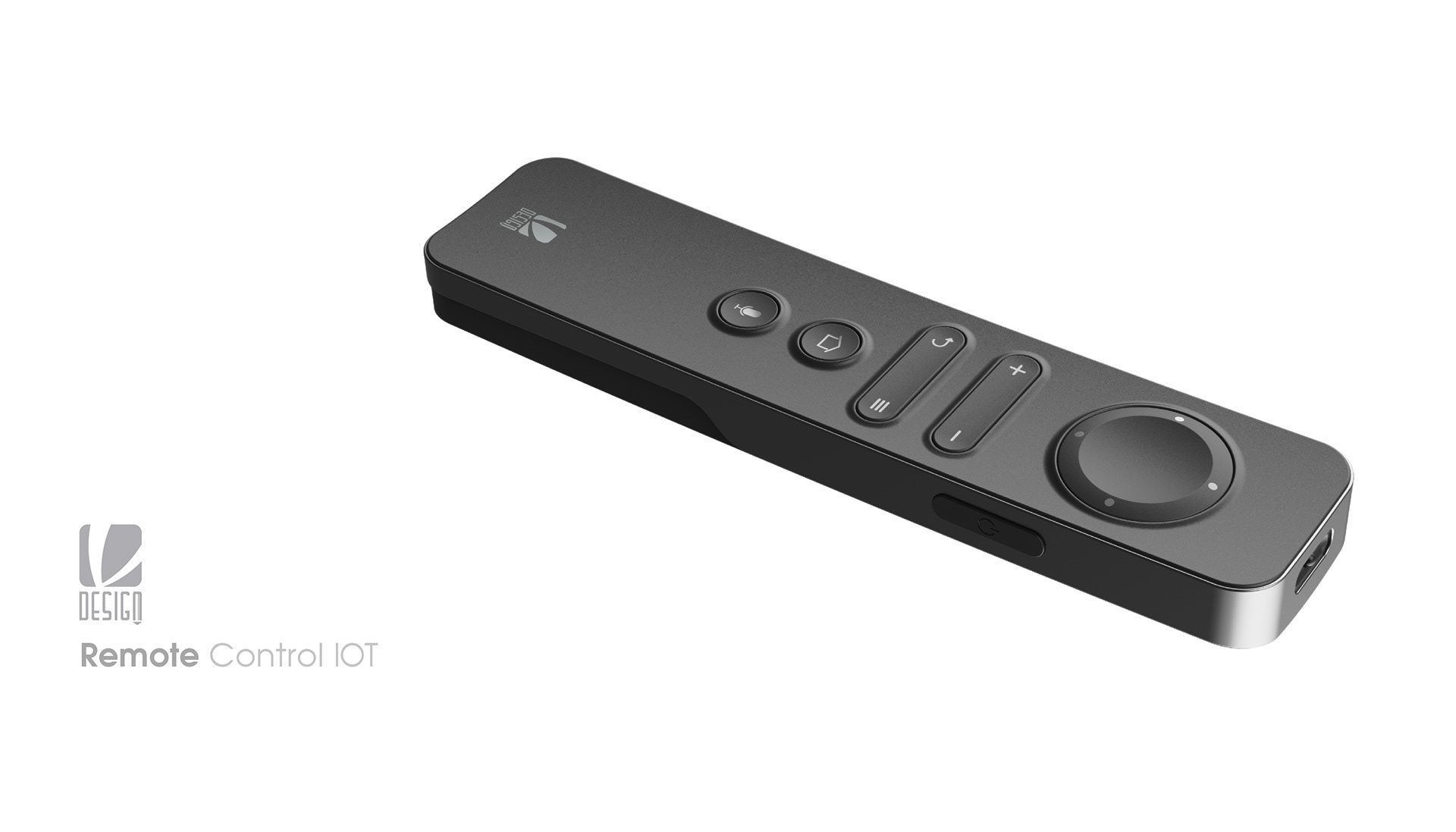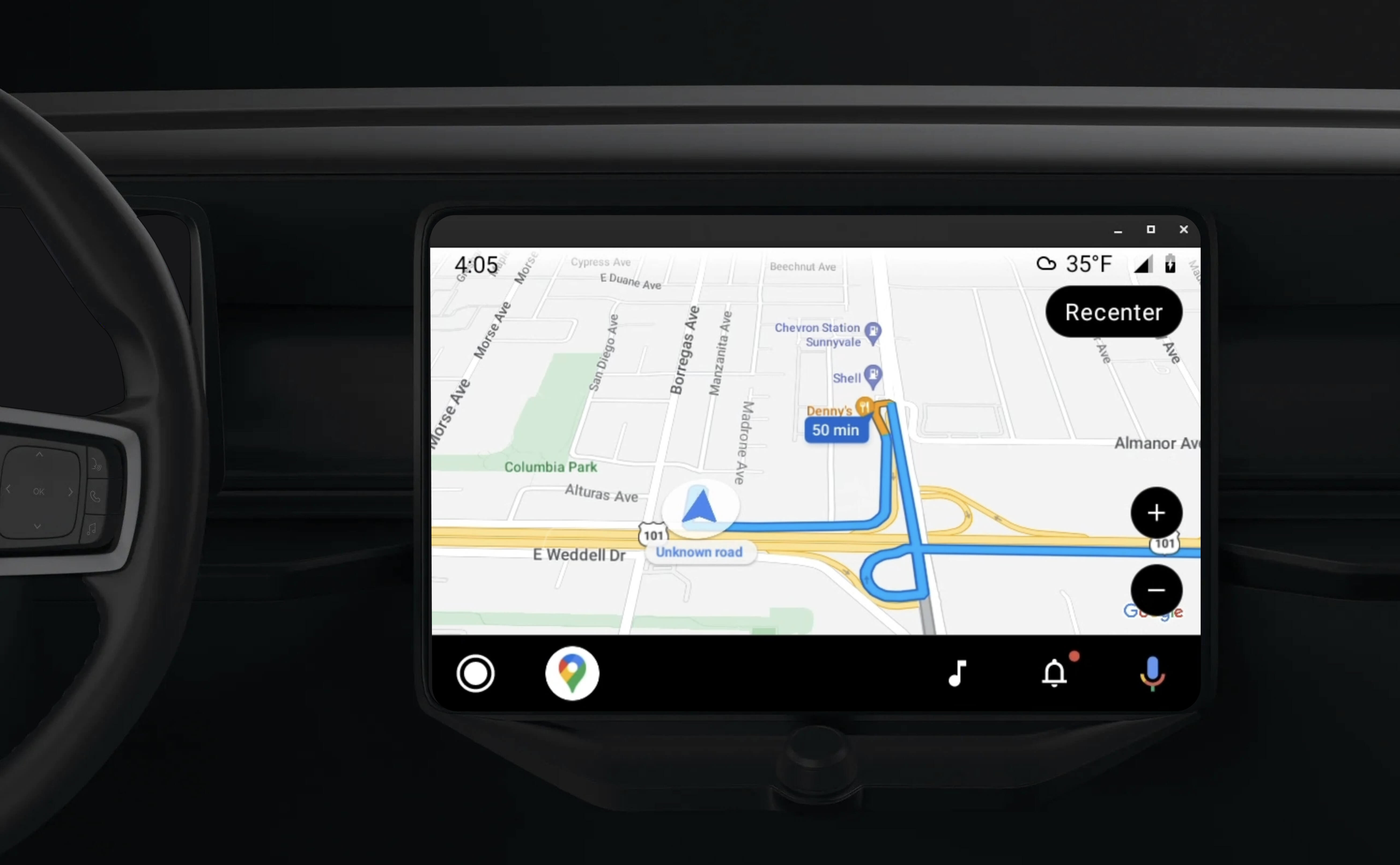Access Your Smart Devices From Anywhere: How To Remotely Access IoT Devices Via SSH, Web, And Android
Imagine being able to manage your home's smart gadgets, security cameras, or even industrial sensors, all without being physically there. This idea of controlling things from a distance, much like how many people find their ideal remote jobs and work from home over the USA, is becoming more and more common. It's about freedom and control, really. Being able to remotely access IoT devices SSH web android download capabilities means you get to stay connected to your tech, no matter where you happen to be. This kind of flexibility, you know, makes life a lot easier, allowing you to keep an eye on things or make adjustments with just a few taps or clicks.
The meaning of "remotely" is to a remote extent, and that applies perfectly here. Whether it's checking on a pet feeder while you're away or making sure the lights are off, having remote access to your smart devices is a pretty big deal. It's not just for tech experts anymore; lots of people are finding ways to set this up for their own homes or small projects. So, it's almost about bringing that "work from home" convenience to your personal gadgets, too.
This article will show you how to get that control, looking at different ways to connect, like using secure shell (SSH), web interfaces, and even handy Android apps. We'll explore how to remotely access IoT devices SSH web android download options, giving you the practical steps and information you need to make your smart setup truly accessible from anywhere. It takes just a few seconds to refine the search for the right method, much like finding the best remote jobs, online jobs, and work from home jobs that fit your schedule and career goals.
- Duck Dynasty The Wealth Of Willie Robertson
- Eliza Leaks
- Neuro Gum Net Worth
- Unveiling The Charismatic Actor From Mad Men A Journey Through Talent And Fame
- Yeti Dogs Anchorage
Table of Contents
- Understanding Remote IoT Access
- SSH for IoT: Secure Shell Access
- Web Interfaces for Easy IoT Control
- Android Apps for On-the-Go IoT Management
- Security Considerations for Remote IoT Access
- Troubleshooting Common Remote Access Issues
- Conclusion
Understanding Remote IoT Access
Remote access for Internet of Things (IoT) devices simply means being able to connect to and control your smart gadgets from somewhere else. It's about extending your reach beyond your home or local network, which is a pretty cool ability. Think about how many remote companies can use our recruiters to find talent anywhere; this is similar, but for your devices. You're giving your devices a kind of remote presence, too it's almost.
Why Remote Access Matters
The ability to remotely access your IoT devices offers a lot of benefits. For one, it provides immense convenience. You can check your security camera feed while on vacation, adjust your thermostat before you get home, or even restart a smart plug that isn't working right. This kind of access also allows for better monitoring, letting you collect data or get alerts from your devices no matter where you are, which is quite useful. Find your next remote career, perhaps even one that involves managing remote systems like these.
Common Methods for Remote Access
There are several popular ways people connect to their IoT devices from afar. These include using secure shell (SSH) for command-line control, web interfaces for a visual dashboard, and dedicated Android or iOS applications. Each method has its own strengths and is suited for different kinds of tasks, so it's good to know your options. Sometimes, you might even combine them for the best results, as a matter of fact.
- Tails Comic Two Babies One Fox
- Leaked Scarswonderland
- What Was Lol Superman
- Tess Dinerstein White Horse
- Froot Cheating
SSH for IoT: Secure Shell Access
SSH, or Secure Shell, is a network protocol that lets you access a computer or device over an unsecured network in a very secure way. It's like having a secure, encrypted tunnel directly to your IoT device, allowing you to send commands and receive information. This is particularly useful for devices like Raspberry Pis or other Linux-based IoT gadgets where you might need to run updates, change settings, or troubleshoot problems directly. You know, it gives you a lot of control.
What is SSH?
SSH works by creating a secure channel over an unsecured network by using strong encryption. This means that any data you send or receive, like your login details or commands, is protected from others who might try to snoop. It's a fundamental tool for system administrators and developers, and it's also very useful for anyone looking to manage their IoT devices with precision. Basically, it's a way to talk to your device's brain securely.
Setting Up SSH on Your IoT Device
Most Linux-based IoT devices, such as a Raspberry Pi, have SSH capability built-in or it can be easily added. You typically need to enable the SSH server on the device itself. For a Raspberry Pi, for example, you can do this through the `raspi-config` tool or by simply placing an empty file named `ssh` in the boot partition of the SD card. It's a pretty straightforward process, actually. After enabling it, you'll need to know your device's IP address on your local network.
Accessing SSH Remotely
To access your IoT device via SSH from outside your home network, you'll generally need to set up port forwarding on your home router. This tells your router to send incoming SSH requests (usually on port 22) to your IoT device's local IP address. It's also a good idea to use a dynamic DNS service if your home IP address changes often. For better security, consider changing the default SSH port and using SSH keys instead of passwords. This is a very important step for keeping things safe.
Web Interfaces for Easy IoT Control
Many IoT devices and smart home hubs come with a built-in web interface. This means you can simply open a web browser on any device – your computer, tablet, or phone – and type in an address to access a graphical control panel for your IoT gadget. It's a very user-friendly way to manage your devices, often showing you sensor readings, controls for lights, or camera feeds in a visual format. This is, in a way, like a simplified dashboard for your remote operations.
The Convenience of Web Dashboards
Web interfaces are popular because they don't require special software downloads. If you have a browser, you can connect. They often provide a clear, intuitive layout, making it easy to see the status of your devices and make quick adjustments. This is especially helpful for devices that have many settings or provide a lot of data, like a smart home automation server. You can literally see everything at a glance, which is nice.
Securing Your Web Interface
Just like with SSH, if you're making your IoT device's web interface accessible from the internet, security is paramount. Always use strong, unique passwords. If possible, enable two-factor authentication. Look for devices that support HTTPS (encrypted web traffic) to protect your data from prying eyes. Some people even set up a VPN (Virtual Private Network) to securely connect to their home network first, and then access the web interface, adding an extra layer of protection. This is, you know, a pretty good idea.
Android Apps for On-the-Go IoT Management
For ultimate convenience, many IoT device manufacturers provide dedicated Android apps. These apps are specifically designed to connect to and control their devices, offering a streamlined and often more responsive experience than a general web interface. They can be downloaded directly from the Google Play Store, making them very easy to install and get started with. You can find your next remote career, and perhaps manage your devices with these apps, too.
Finding the Right Android App
Most major smart home brands, like Philips Hue, Ring, or Google Nest, have their own official Android apps. For more custom IoT projects, there are also general-purpose apps that can connect to various devices using protocols like MQTT or HTTP. Searching the Play Store for your specific device name or "IoT remote control" can often lead you to the right solution. It takes just a few seconds to refine the search, much like finding remote jobs.
App Features to Look For
When choosing an Android app for IoT management, look for features like real-time status updates, push notifications for alerts, scheduling capabilities, and integration with other smart home platforms. A good app should be intuitive to use and provide reliable connectivity. Some apps even offer widgets for quick control from your phone's home screen, which is pretty handy. Make sure it has good reviews, too, as a matter of fact.
Security Considerations for Remote IoT Access
Opening your IoT devices to remote access means you're also opening them up to the internet, which can be a risk if not done carefully. Just as companies need to hire their next remote employee from a 150k+ community securely, you need to make sure your devices are protected. The goal is to make it easy for you to access them, but very difficult for anyone else. This is, you know, a pretty big deal.
Strong Passwords and Authentication
This is probably the most basic yet most important step. Always change default passwords on your IoT devices and router. Use long, complex passwords that include a mix of letters, numbers, and symbols. Consider using a password manager to keep track of them. If two-factor authentication (2FA) is an option, enable it. It adds an extra layer of security, making it much harder for unauthorized people to get in, even if they guess your password. Basically, it's like having two locks on a door.
Network Security Tips
Beyond device passwords, secure your home network. Use a strong Wi-Fi password, and consider creating a separate guest Wi-Fi network for visitors. Regularly update your router's firmware, as these updates often include security patches. If you're using port forwarding, be very specific about which ports you open and to which devices. Only open ports when absolutely necessary, and close them when not in use. You might also look into firewall settings on your router. For more general information on cybersecurity, you could check out resources like CISA's cybersecurity best practices, which offers a broader perspective on keeping digital systems safe.
Troubleshooting Common Remote Access Issues
Sometimes, setting up remote access can be a bit tricky. If you're having trouble, start by checking your internet connection. Make sure your IoT device is connected to your home network and has a valid IP address. Double-check your router's port forwarding settings; even a small typo can prevent access. Also, ensure your device's firewall isn't blocking incoming connections. A simple restart of both your router and the IoT device can often clear up minor glitches, too it's almost.
If you're using a dynamic IP address from your internet provider, your remote access might stop working when your IP changes. This is where a dynamic DNS service really helps, as it gives you a fixed hostname that always points to your current home IP. For SSH, verify your SSH client settings and make sure you're using the correct username and password or SSH key. For Android apps, ensure the app is up to date and has the necessary permissions on your phone. Sometimes, just reinstalling the app can fix things, you know. Learn more about remote connectivity solutions on our site, and for specific device setup guides, you can link to this page here.
Conclusion
Getting your IoT devices to work for you from anywhere is a pretty amazing thing, much like finding the best and newest work from home and remote jobs located anywhere in the world. Whether you choose SSH for deep control, a web interface for visual management, or a convenient Android app for on-the-go access, the power to connect remotely is truly at your fingertips. Remember, though, that security is key to enjoying these benefits without worry. By following the tips we've discussed, you can set up a reliable and safe way to remotely access IoT devices SSH web android download options, giving you peace of mind and ultimate control over your smart environment. It's about making your tech work for your life, wherever you are, which is pretty much the goal, right?
People Also Ask
How can I access my IoT device from outside my home network?
You can access your IoT device from outside your home network by setting up port forwarding on your router, using a VPN to connect to your home network, or by utilizing cloud services provided by the device manufacturer. Each method has different levels of security and setup complexity, so pick the one that fits your needs best, you know.
Is it safe to use SSH for remote IoT access?
SSH is generally considered safe for remote access because it encrypts all communication. However, its safety depends on how you set it up. It's very important to use strong, unique passwords or, even better, SSH keys, and to change the default SSH port. Regularly updating your device's software also helps keep things secure, too it's almost.
What tools do I need to remotely control an IoT device with my Android phone?
To control an IoT device with your Android phone, you'll typically need a dedicated app from the device manufacturer, or a general-purpose SSH client app for command-line access, or a web browser to access the device's web interface. You might also need a dynamic DNS service if your home IP address changes often. Basically, it depends on how your device is set up.



Detail Author:
- Name : Dallas Mertz I
- Username : wilfred.borer
- Email : kuphal.aurelia@gmail.com
- Birthdate : 1993-05-03
- Address : 1333 Nienow Via Kemmerland, IL 24111
- Phone : 1-517-351-8260
- Company : Harber and Sons
- Job : Tour Guide
- Bio : Similique temporibus in nulla repellat id fuga et dolores. Rem excepturi quasi non nihil qui accusantium minus. Odio molestias a quis tenetur.
Socials
linkedin:
- url : https://linkedin.com/in/alannaferry
- username : alannaferry
- bio : Odit dolore et accusamus et facere et rerum.
- followers : 572
- following : 2863
tiktok:
- url : https://tiktok.com/@alanna.ferry
- username : alanna.ferry
- bio : Autem quia praesentium commodi maiores quidem.
- followers : 1642
- following : 2880